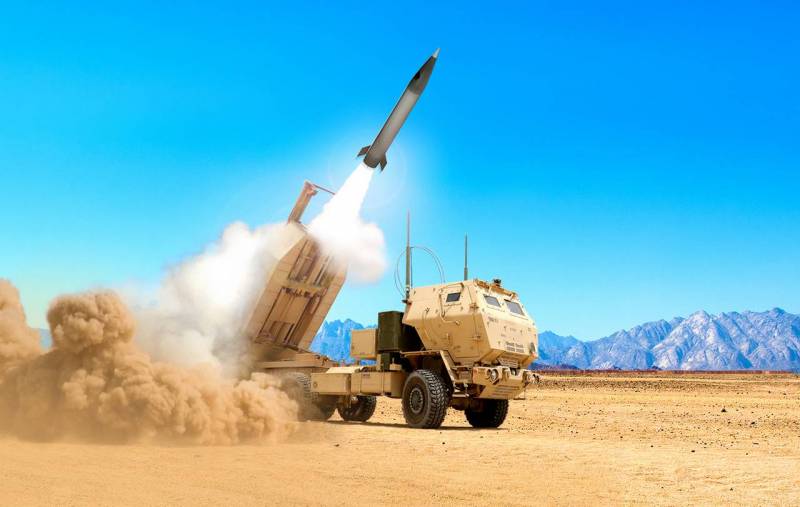The United States completed testing of a new operational-tactical missile
Washington has successfully completed tests of the new operational-tactical missile PrSM, which is planned to replace the ATACMS series missiles. Test launches of the new ammunition took place at the White Sands training ground.
According to the developers, the main purpose of the new operational-tactical missile will be to defeat stationary and moving targets not only on land, but also at sea. According to the stated characteristics, the new ammunition is capable of destroying objects at a range of up to 400 kilometers.
However, speaking about the features of the PrSM missile, experts, first of all, note that the ammunition is placed in the launcher container, which can accommodate two missiles at once. In addition, to improve accuracy, the Americans plan to equip the new ammunition with a radar homing head. Washington is confident that the adoption of new missiles will significantly increase the combat power of the American army.
The entry into service of the PrSM complexes will improve the combat readiness of the missile forces, in connection with the planned supply of ATACMS long-range missiles to the armed forces of Ukraine, US Assistant Secretary of the Army Douglas Bush said some time ago.
The US Army has reportedly already ordered 54 new missiles worth almost $77,5 million. The UK also plans to arm itself with these missiles, which plans to modernize its MLRS using PrSM.

Information